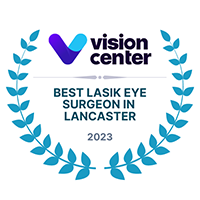Our days are about to become darker even earlier with the fall season officially upon us, which means more nighttime driving. According to a national survey, 32% of drivers reported that they have trouble seeing in the dark. Most of these drivers have difficulty judging distance, identifying signs or exits, and struggle to see animals and pedestrians in roadways.
So why is it so much harder for some people to drive at night? The reason is due to the fact that the pupils in the eyes dilate under low light causing vision to become blurred as well as contributing to focusing problems. Glare from oncoming vehicle headlights also makes driving at night more difficult, especially for older individuals. Drivers should not operate vehicles with uncorrected vision problems. This is just another reason why the importance of regular comprehensive eye exams is so great. Without a regular visit to your eye doctor you may not know that your prescription needs to be updated and therefore you may experience more difficulty with nighttime driving than necessary.
Here are some easy rules to follow to help you drive safely at night:
• Drive slowly
• Use your high beams during clear conditions and be sure to dim them for oncoming cars
• Regularly maintain your vehicle by checking fluids, tires, breaks and lights• Be sure to turn off all interior lights before driving
• Give your eyes a few minutes to adjust to the darkness before you start driving
• Avoid glare by looking at the bottom of the road and by using the night setting on your rearview mirror to reduce glare from cars behind you






